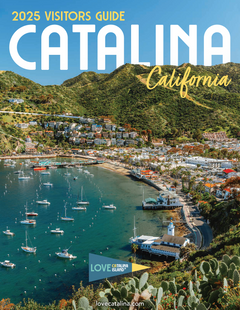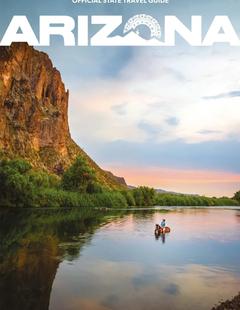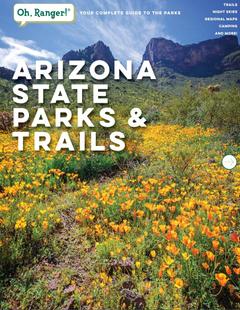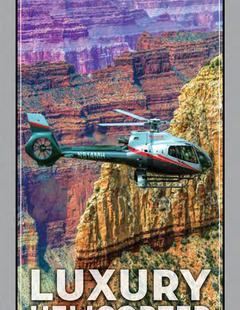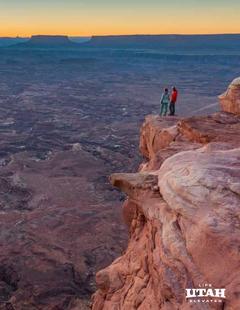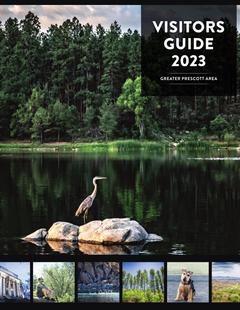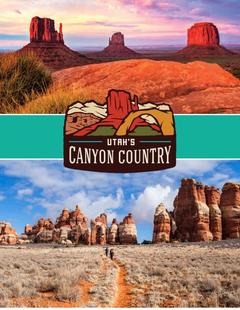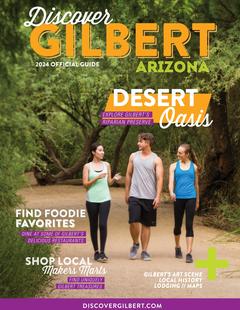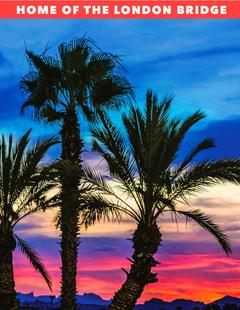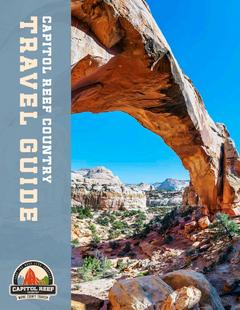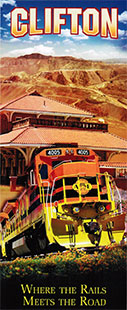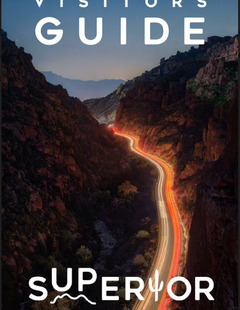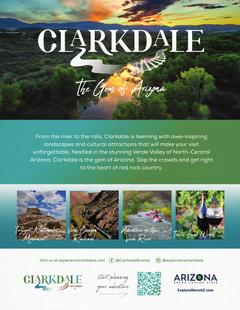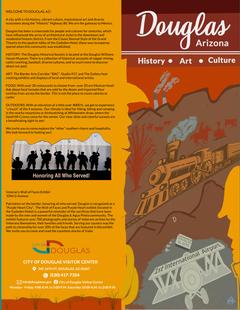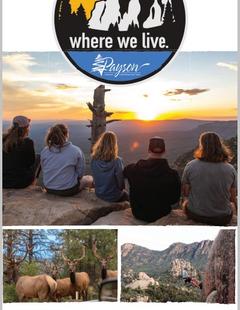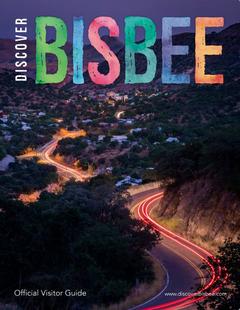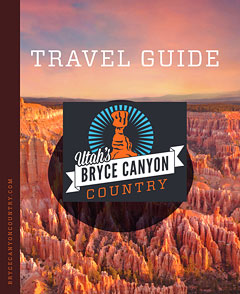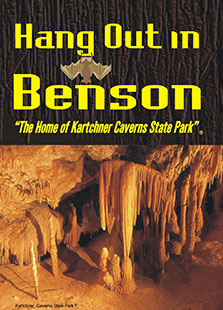Basics
- Length:
- 123 miles (197 km)
- Time:
- Allow 4 to 5 hours of driving time, including over 400 switchbacks
- Fees:
- There are no fees along the road itself but some campgrounds charge fees.
Description
Seeking the riches of the legendary Seven Cities of Cibola, Spanish explorer Francisco Vasquez de Coronado's 1540 route ran close to this scenic Byway. Today's riches along this Byway are of a different nature -- vistas stretching for miles on end and an abundance of varied recreational opportunities and wildlife. Travel on the only road that had its name changed by the Bible. Only two years ago US 191 was US 666 and nicknamed "The Devil's Highway." But don't let that deter you.
If you are into history and graveyards, stop by the remnant of the Stargo Cemetery, with burials dating back to the 19th Century and make charcoal rubbings of the dates and names. History is prominent along this highway, and the remnants of an ancient rock house can be seen before entering the Apache-Sitgreaves National Forest. You'll encounter switchbacks that contributed to the Coronado Trail being the least traveled federal highway. When the road was first proposed in 1916, an old cowboy said "There ain't even a good horse trail." Now hundreds of visitors travel the road every year.
Along the way you'll see the "Arrow Tree," where hundreds of archers fired arrows into the old wood. If you just happen to have a bow and arrow on you, try to find an empty space to make your own mark. Park your car at Hannagan Lodge and put on your walking shoes to traverse one of the many trails crisscrossing the area. Or try trail riding or mountain biking for a change of pace. Several trailheads lead to the 174,000 acre Blue Range Primitive Area, the last remaining USFS primitive area at Hannagan's Meadow.
Near the community of Alpine are numerous streams for fishing and lakes for swimming. Rest your feet in the cool waters or make a day of it by bringing your fishing pole to catch your meal for dinner. If you didn't get enough hiking along Hannagan Meadow, this area offers prime high country hiking. As you enter Round Valley, you'll see the Northern gateway towns of Springerville and Eagar. Here you'll find several pioneer era museums, two Pre-Columbian Indian Pueblos and complete visitor services.
A favorite of motorcyclists and driving enthusiasts, the Coronado Trail Scenic Byway is an adventure of switchbacks, steep grades, and hairpin turns and is known as one of the best driving roads in the nation.
Tourism Resources
Lodging
Helpful Links
Tourism Resources
Lodging
Points of Interest
Points of Interest Along The Way
Alpine (AZ)
The town of Alpine at an elevation of 8050 ft. sits along a mountain meadow at the base of rocky peaks and was named by immigrant pioneer settlers after their beloved Alps. Founded during Indian hostilities, Alpine was first a small fort and later a commercial hub for settlers and ranchers. At the nearby Luna Lake Wildlife Refuge, nesting Gold and Bald eagles, Osprey, geese, and wild swans can be seen. Numerous nearby lakes and streams offer prime high country hiking, camping and fishing.
Apache-Sitgreaves National Forest (AZ)
The Sitgreaves National Forest was named for Captain Lorenzo Sitgreaves, a government topographical engineer who conducted the first scientific expedition across Arizona in the early 1850s.
Blue Vista Lookout (AZ)
Two hours N. of Morenci is the Blue Vista Lookout, a scenicviewpoint 9172 feet high. Panoramic views of thousands of squaremiles of the mountain peaks and desert plateaus of Central &Eastern Arizona and Western New Mexico proceed to the horizon inhues of blue, green, and lavender. Each visit offers a unique viewthrough the subtle interplay of sunlight and clouds on the majestictableau below. Interpretive USFS displays illustrate various peaksand mountain ranges.
Casa Malpais Indian Ruins and Archaeological Park (AZ)
Attributed to the Mogollon Culture, Casa Malpais was inhabited from about 1200-1400 AD, with population estimates ranging from 200 to 400. Because of its many unusual features--including a large Great Kiva, catacomb burials, three stairways, an intermittent wall that surrounds the site, an astronomical observatory, numerous solar petroglyph markers, and astronomically aligned shrines--the site is considered a ceremonial center that drew people from the other pueblos in the area to religious ceremonies and possibly a regional marketplace. Both the Hopi and Zuni still consider Casa Malpais an ancestral sacred site.
The name Casa Malpais, or House of the Badlands, was given to the site by early Basque sheepherders who referred to the surrounding volcanic lava field as "badlands." The Springerville Volcanic Field contains over 400 volcanoes within a fifty mile radius of Springerville, making it the third largest volcanic field in the continental United States.
Directions
The ruins can be reached from the center at 318 E Main St in Springerville, AZ.
Hannagan Meadow and Lodge (AZ)
Hannagan Meadow plays an important role in the Coronado Trail's history. Here, during a 1926 highway dedication ceremony, the moniker "Coronado Trail" was first assigned. The rustic 2-story log lodge and restaurant provides scenic views of the forest and adjacent large meadow which is frequented by elk and deer herds grazing at the meadow's edge, accompanied by the occasional wolf, bear, and bobcat. Trail rides, hiking, mountain biking and cross country skiing are popular activities
Directions
Located 22 miles south of Alpine on U.S. 191 (Coronado Trail Scenic Byway) at approximately mile marker 232.
Morenci Open Pit Mine (AZ)
Coronado looked in vain for cities of gold as he traveled past Morenci in 1540. Prospectors 340 years later found veins of copper, silver, turquoise and gold. Now the largest mine and copper producer in North America, the Phelps Dodge Morenci Mine continues its strategic role in our nation's economy and security. At the Morenci Mine Overlook, visitors can see mountains that have been and are being moved to produce the copper needed for our nation's vehicles, homes and businesses.
Springerville & Eagar (AZ)
The sister towns of Eagar and Springerville are located in the6800 ft. high Round Valley and form the Northern gateway for theCoronado Trail. Founded in 1868 & 1870, they formed the E-Wcrossroads of AZ & NM and were a stop on N. America's 1sttranscontinental highway. Along with hiking, camping, and fishingat nearby Becker, Lyman, and Mexican Hay Lakes, visitors areattracted to the Pre-Columbian ruins at the Casa Malpais Pueblo.Locally there are two pioneer era museums.
Directions
Eagar is 2 miles South of Springerville. Take US 191 in downtown Springerville & travel South to Eagar.














